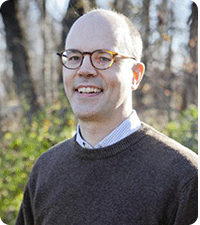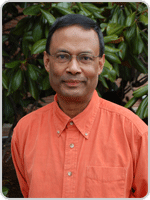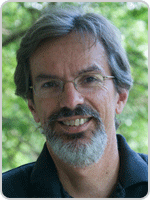Wolfgang Losert, new Interim Associate Dean for Research in CMNS
- Details
- Published: Tuesday, July 01 2014 10:11
| Wolfgang Losert will serve as Insterim Associate Dean for Research in the College of Computer, Mathematical and Natural Sciences (CMNS). Wolfgang has an appointment in physics, the Institute for Physical Science and Technology (IPST), and the Institute for Research in Electronics and Applied Physics (IREAP). As a member of the Nonlinear Dynamics Group, Wolfgang's research focuses on discovering emergent dynamic properties of complex systems at the interface of physics and biology, with a special emphasis on cancer biology. Within CMNS and the broader scientific community, Wolfgang actively fosters cross-disciplinary interactions and new research and educational opportunities. He chairs the Division of Biological Physics of the American Physical Society, and is part of a trans-university initiative of HHMI (called NEXUS) that is developing new science and math courses for biology majors and pre-health care students that can serve as a national model. He helped initiate and now leads the Partnership for Cancer Technology, which provides UMD faculty and graduate students the opportunity to tackle pressing problems in cancer research in collaboration with National Cancer Institute experts. To take on this new position in the dean’s office, Wolfgang will be stepping down from his roles as member of the Burgers Board for Fluid Dynamics and director of the graduate program in biophysics. Wolfgang’s interdisciplinary expertise will be especially valuable in the context of our recently integrated college. |
|



